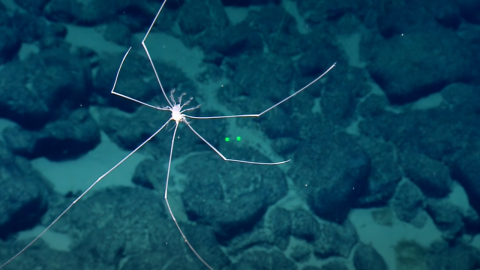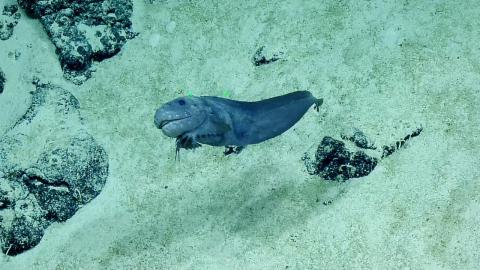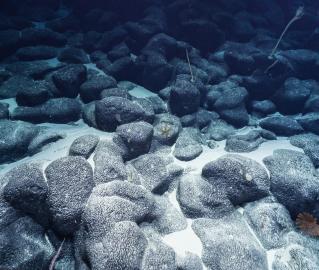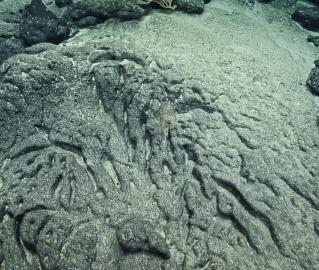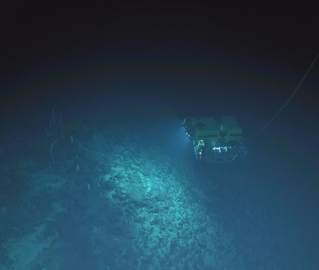Sampling Ancient Underwater Volcanoes In the Pacific Remote Islands
During our NA149 expedition exploring deep sea habitats near Kingman Reef and Palmyra Atoll, an important part of the exploration goals was to sample the geology of the region to help understand how the area’s ancient seamounts formed. Lead Scientist for geology and Ocean Exploration Cooperative Institute Director Dr. Adam Soule explains how and why we sample deep sea rocks and what we can learn from looking inside samples beyond their ferromanganese-coated exteriors. Learn about our diamond-coated rock saw and other important tools used to categorize these samples onboard before they’re sent to the Marine Geological Samples Laboratory at University of Rhode Island and to researchers worldwide for further study.
Analyses of these samples are used to examine questions like seamount age, volcanic eruption history, rock composition, and even historical ocean chemistry by looking at the mineral alteration in the basalt’s crystals. Other types of studies examine organisms that make their home on the rocks like microbes. Samples are collected respectfully and conservatively as each rock can help reveal a piece of the puzzle of Earth’s history. Studying both the original basalts and the sedimentary layers of ferromanganese crusts teaches us about the geological history of the region but shows us how unique rocks and minerals are distributed across the massive Pacific ocean.
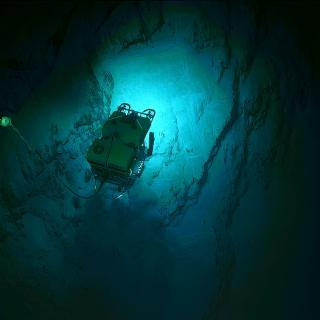
Exploring Deep Sea Habitats Near Kingman Reef & Palmyra Atoll
Our first live expedition of 2023 brings us back to the region of Kingman Reef and Palmyra Atoll as part of our ongoing effort to explore the deep ocean in and around the Pacific Remote Islands Marine National Monument (PRIMNM) through the Ocean Exploration Cooperative Institute.
